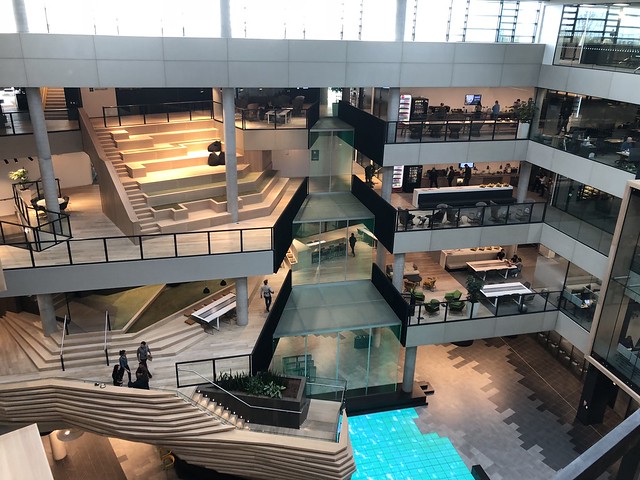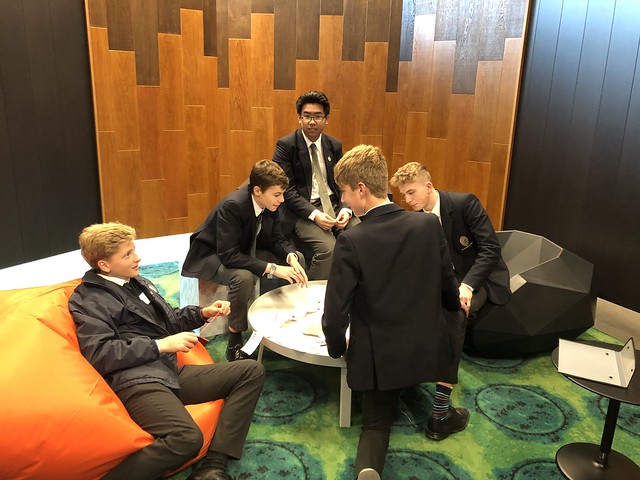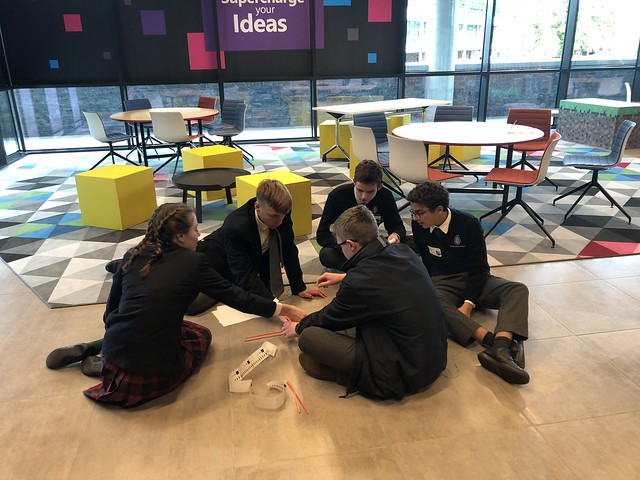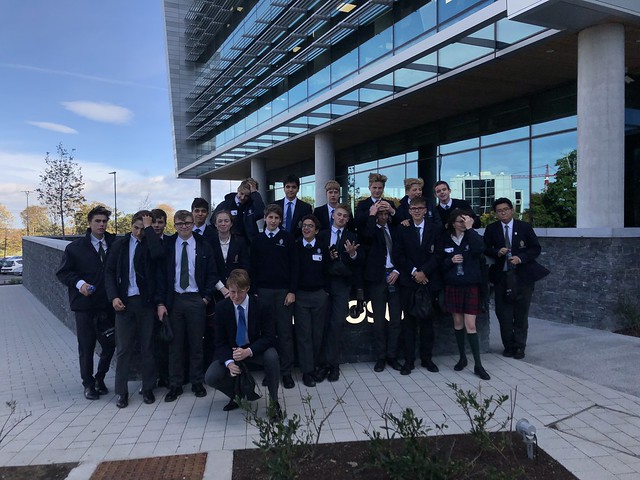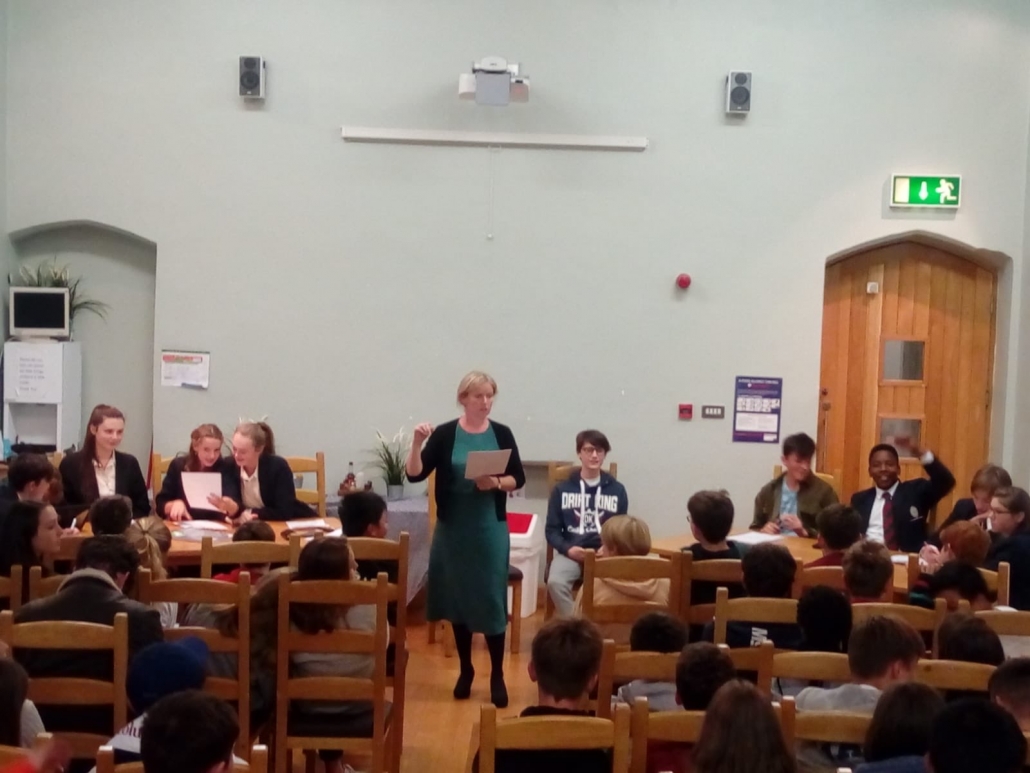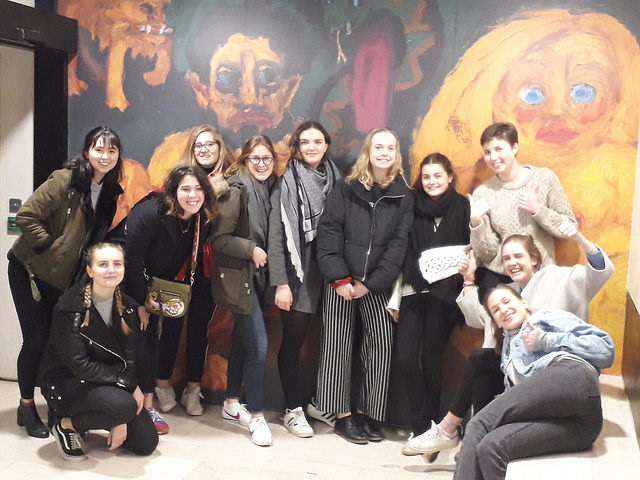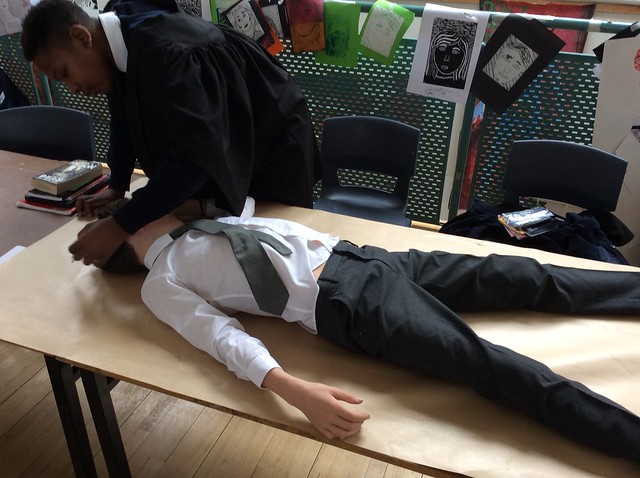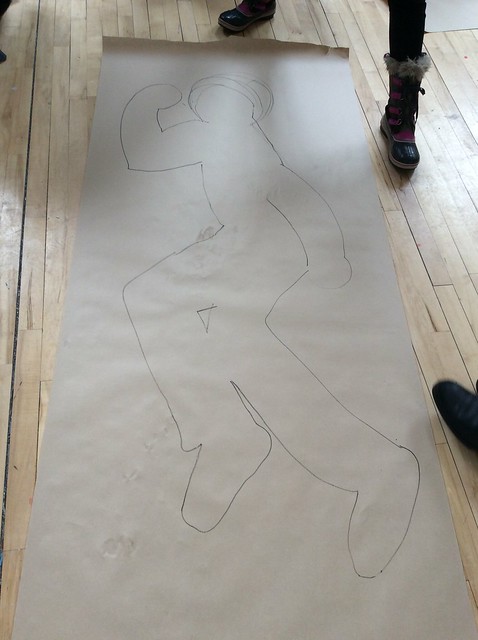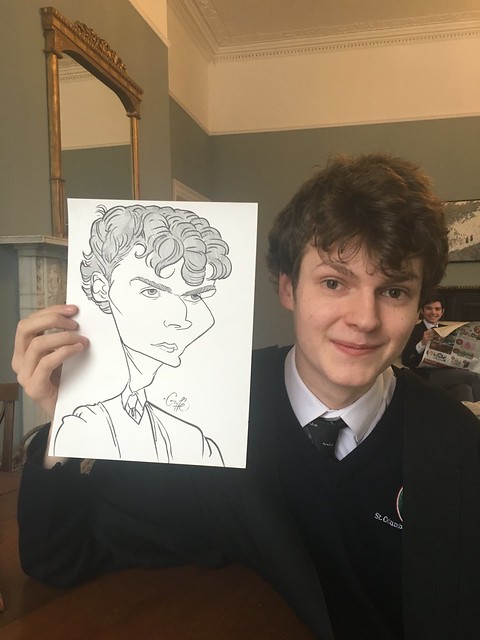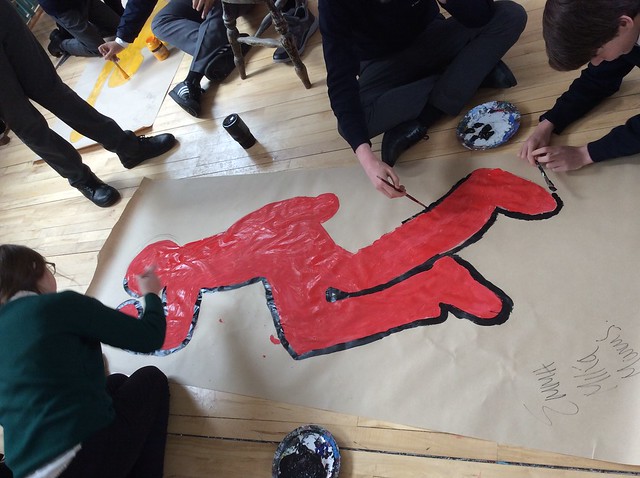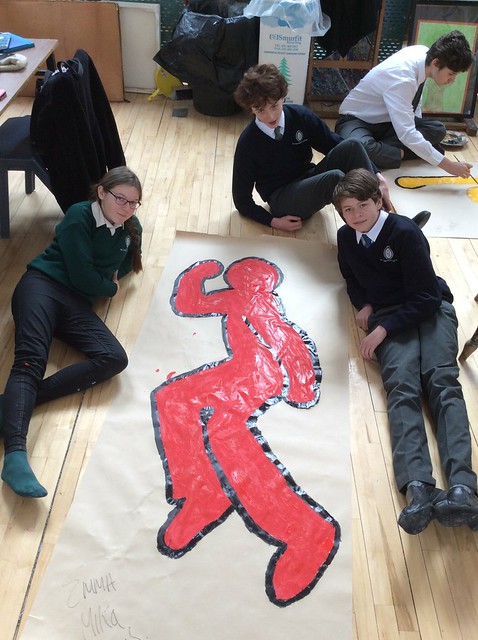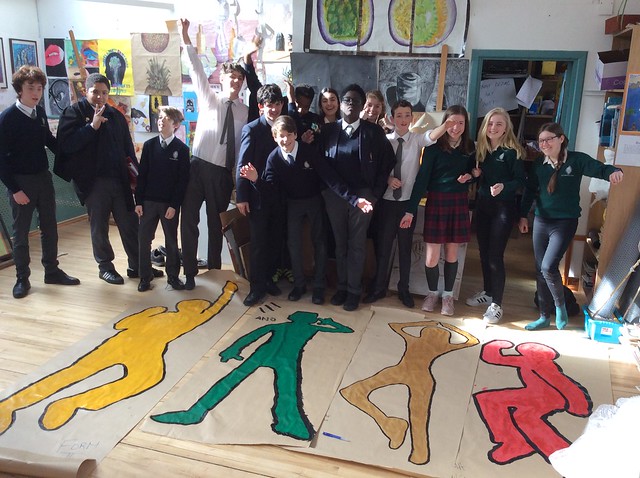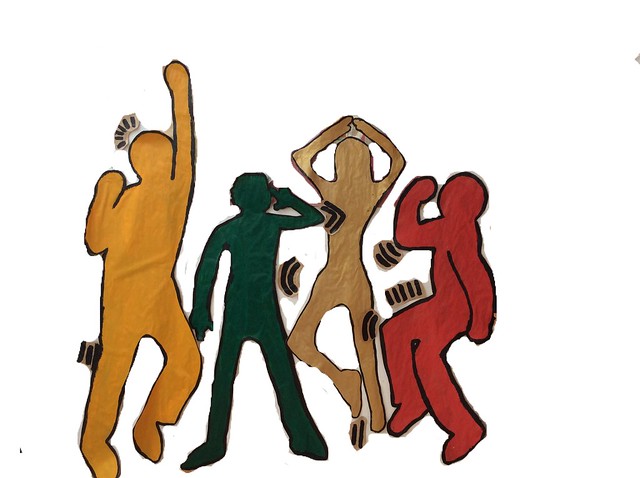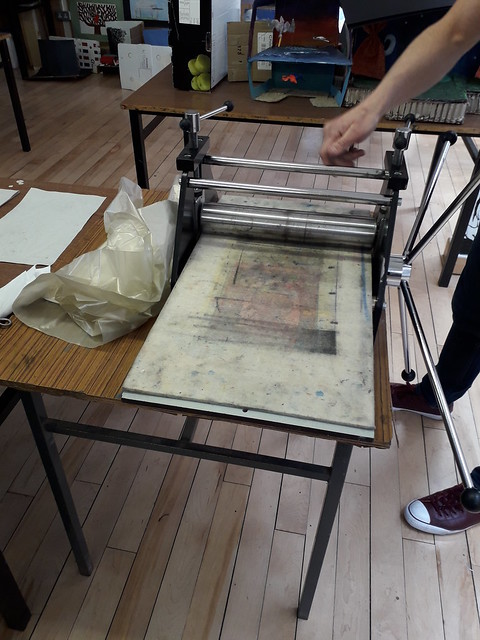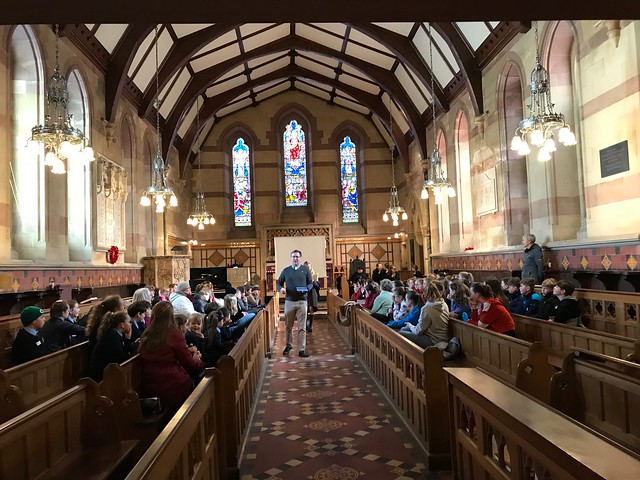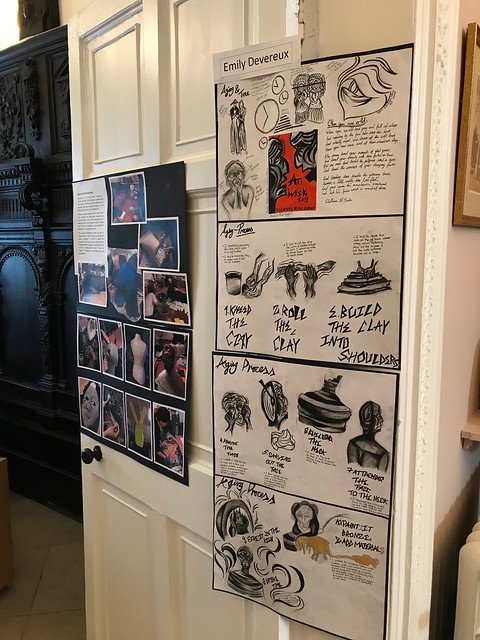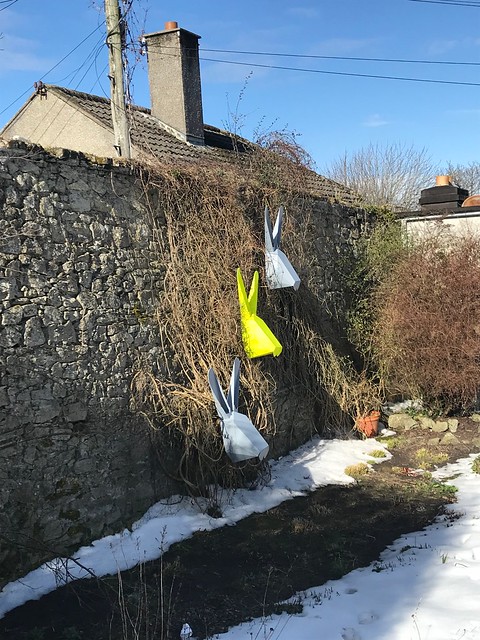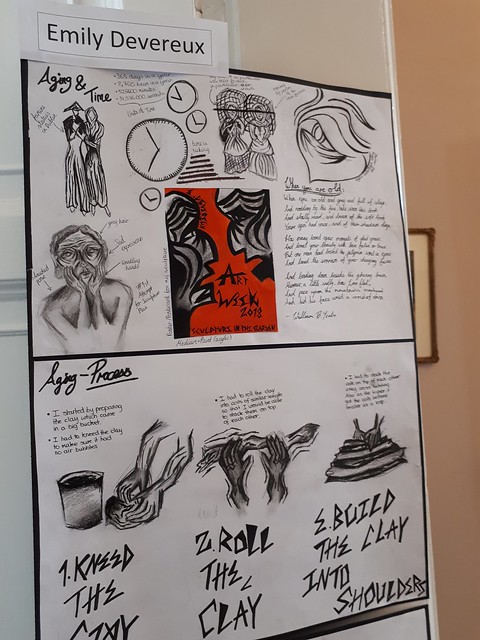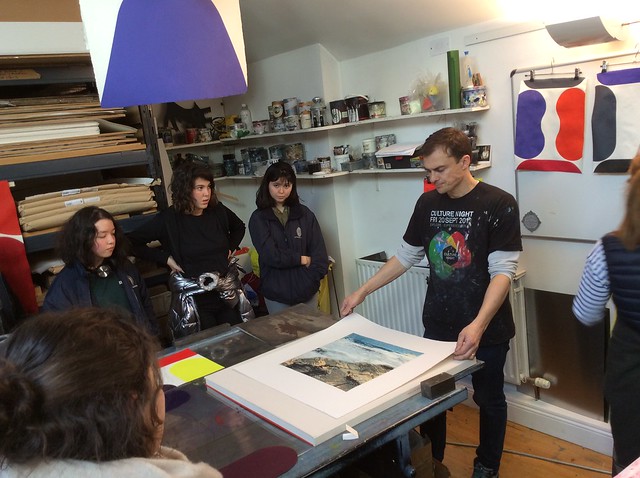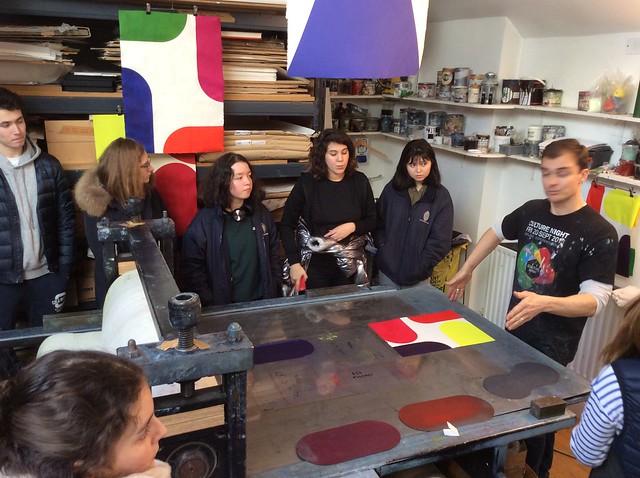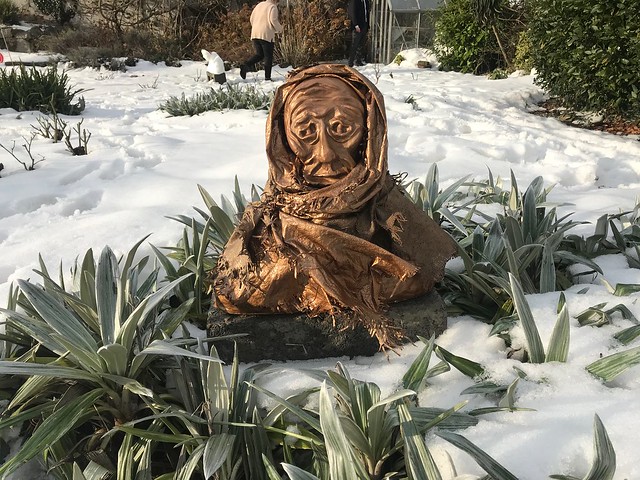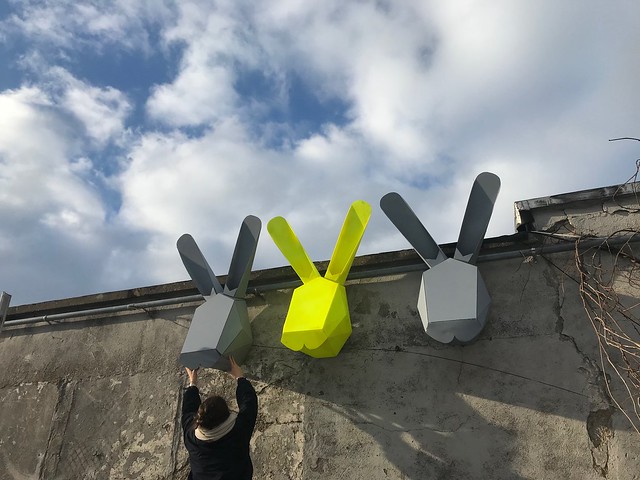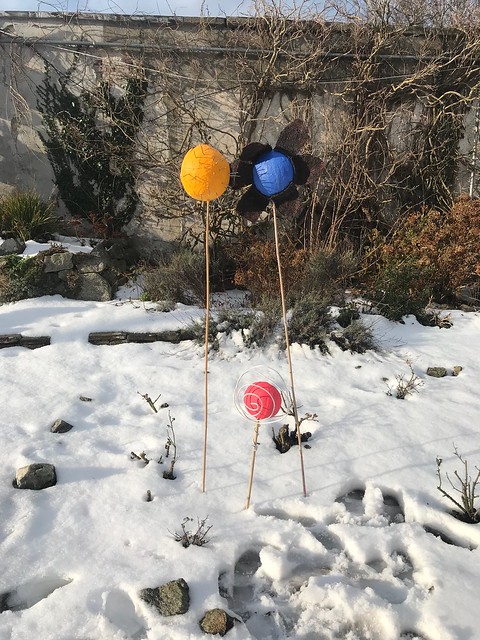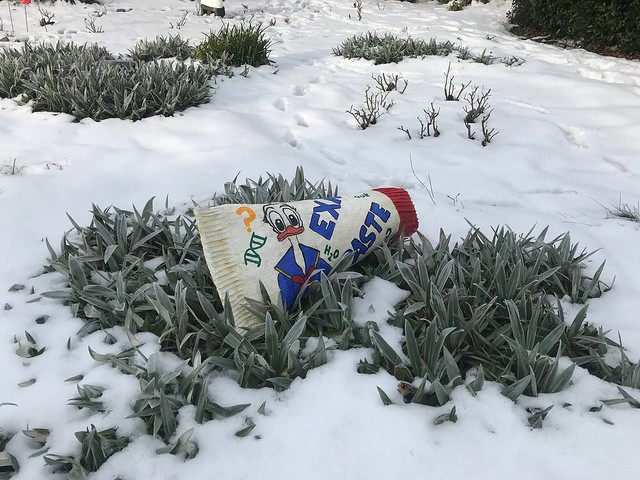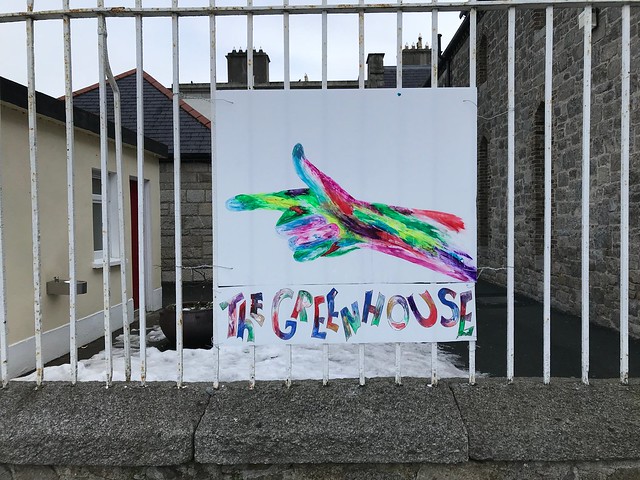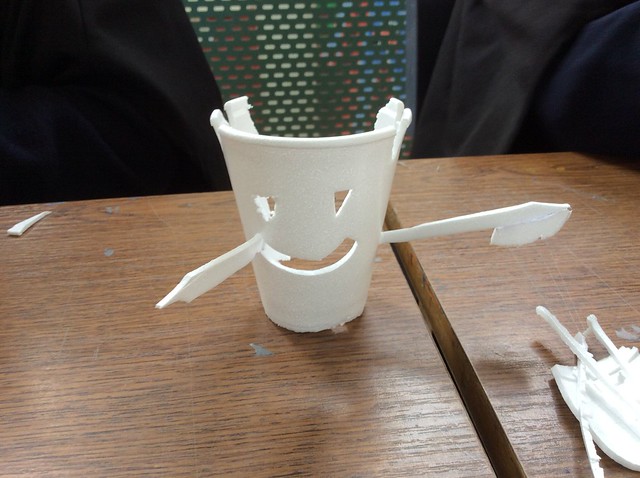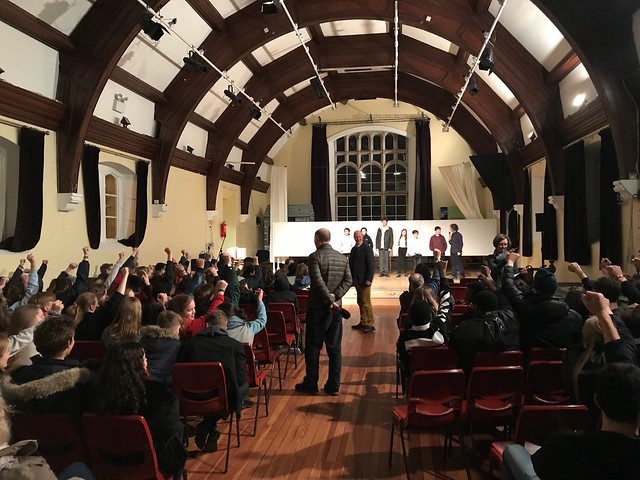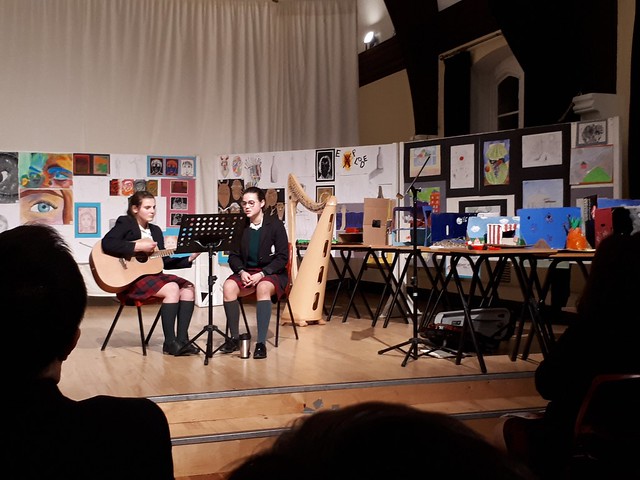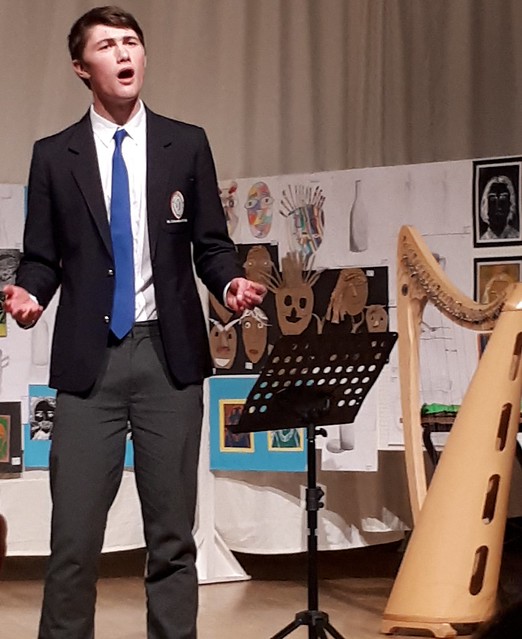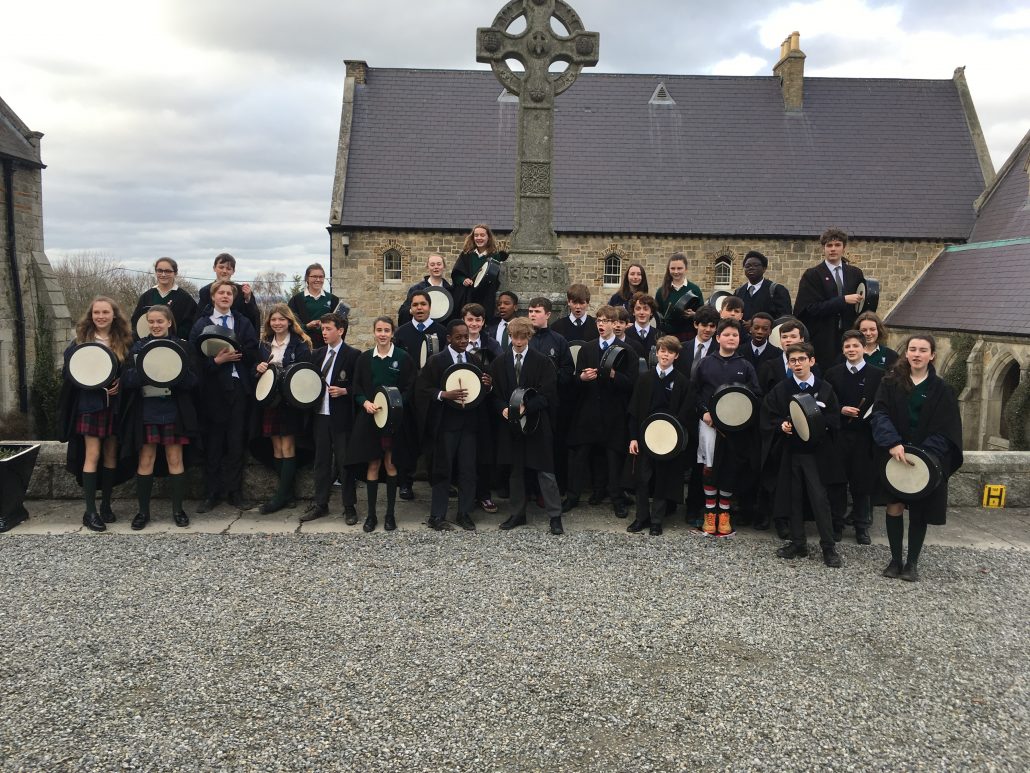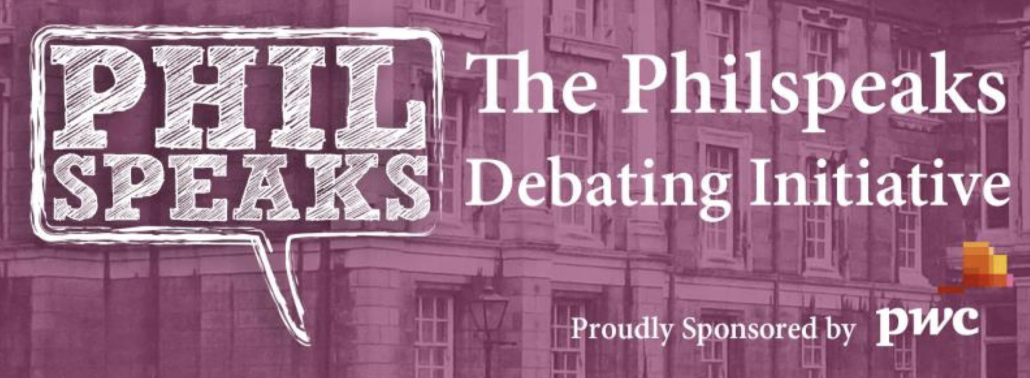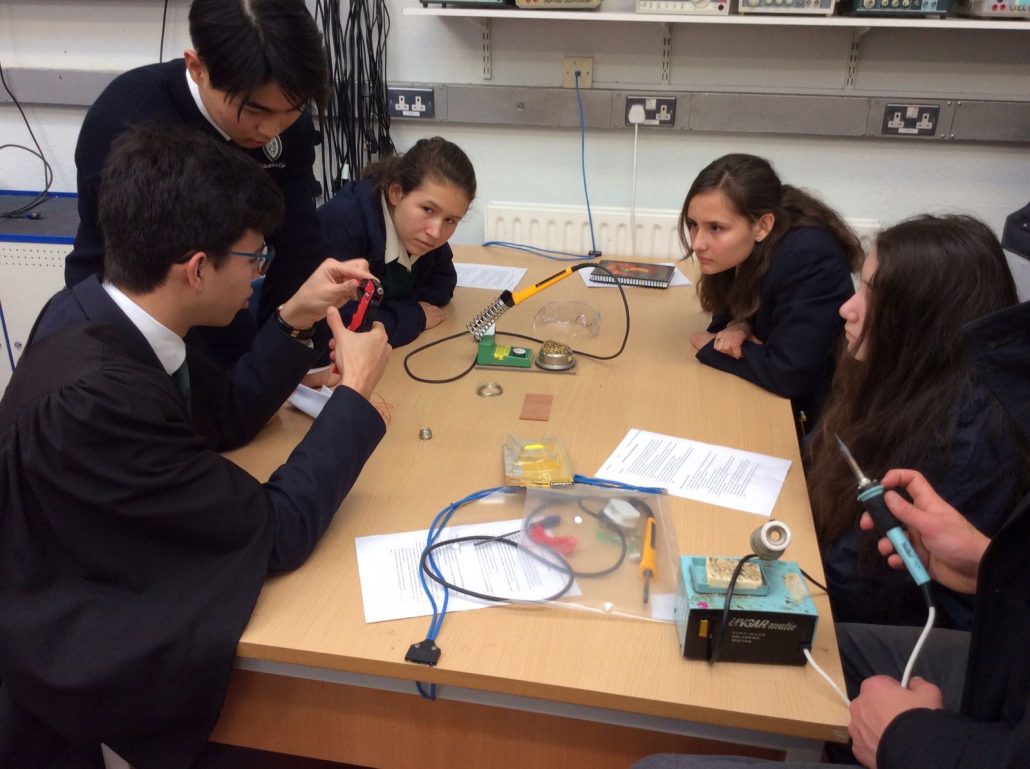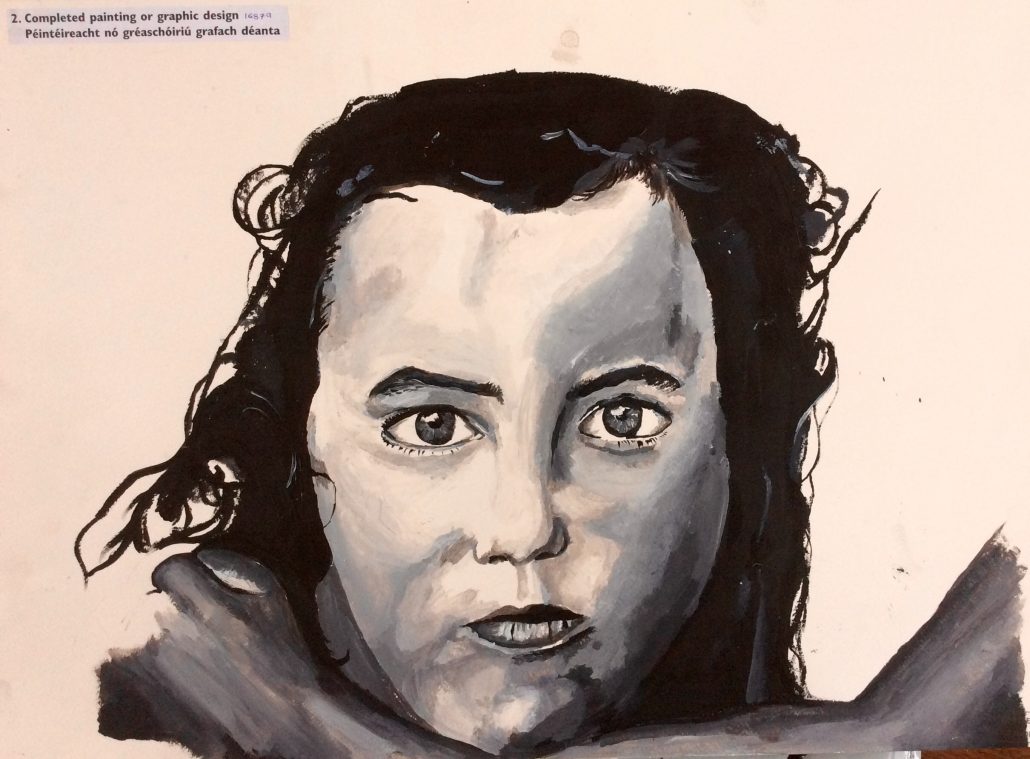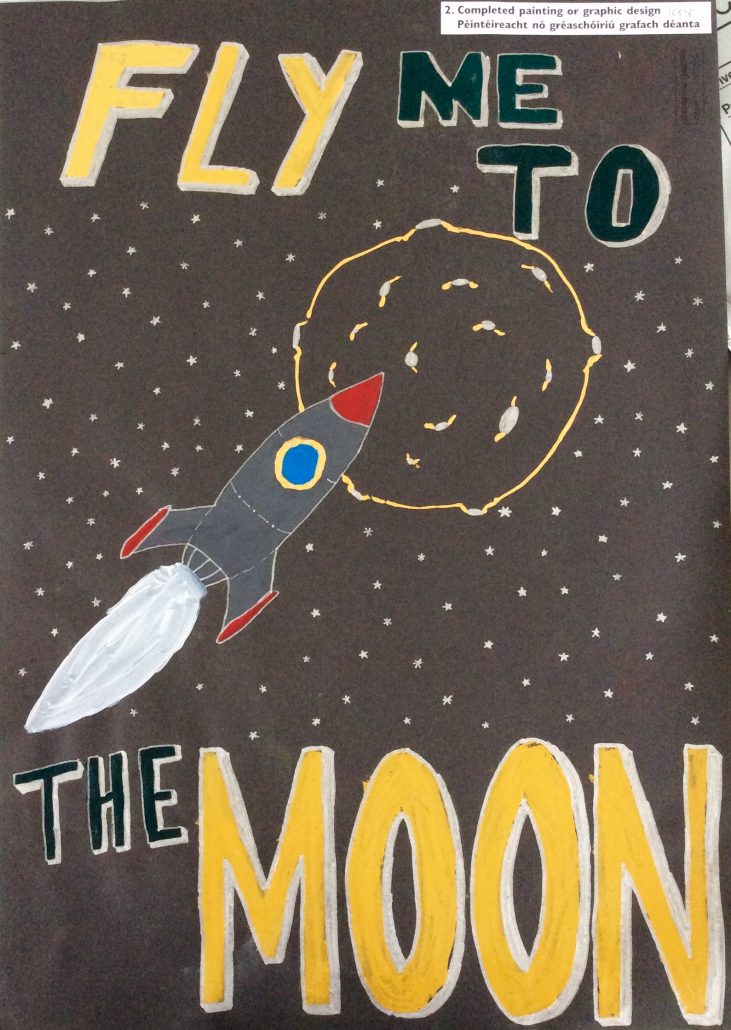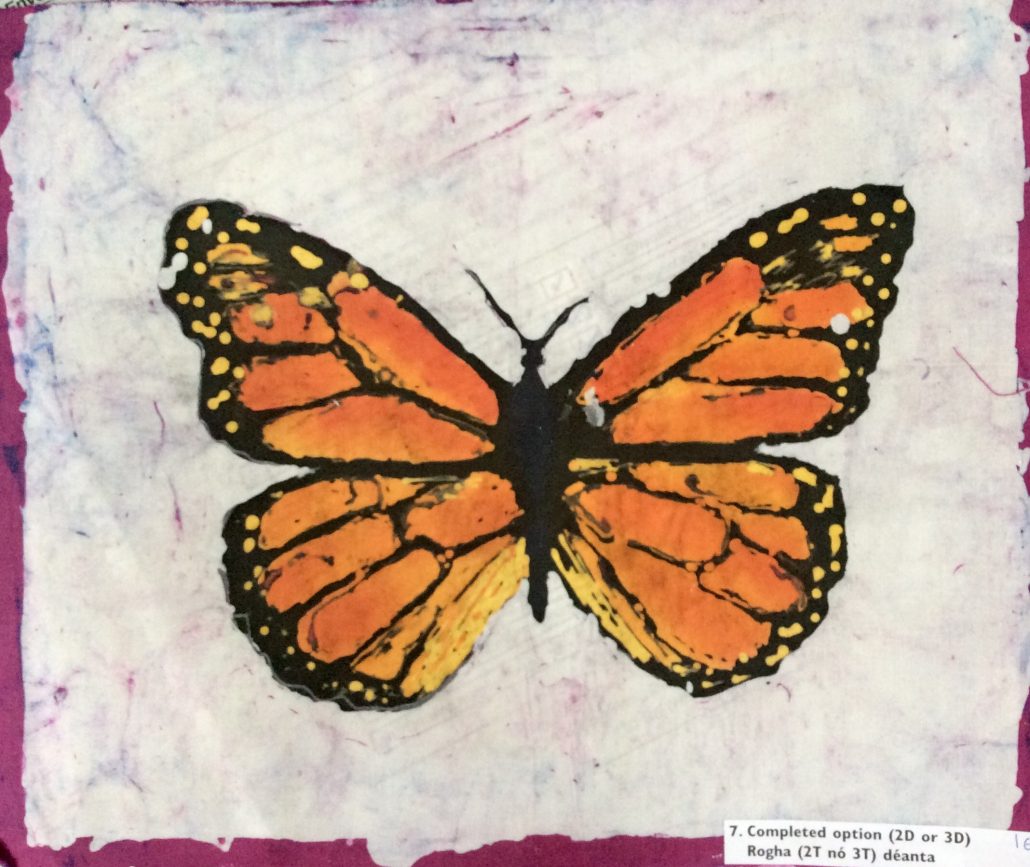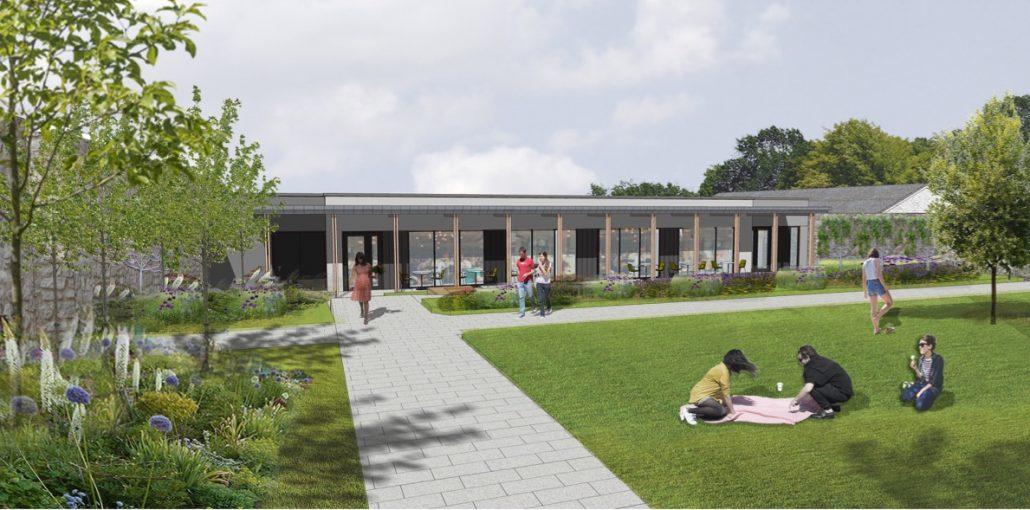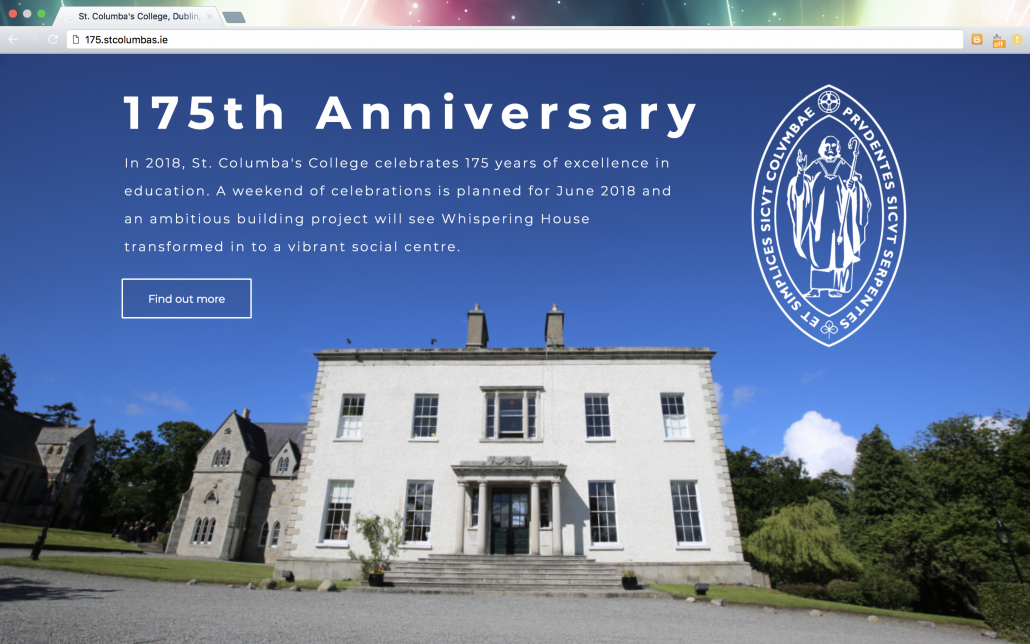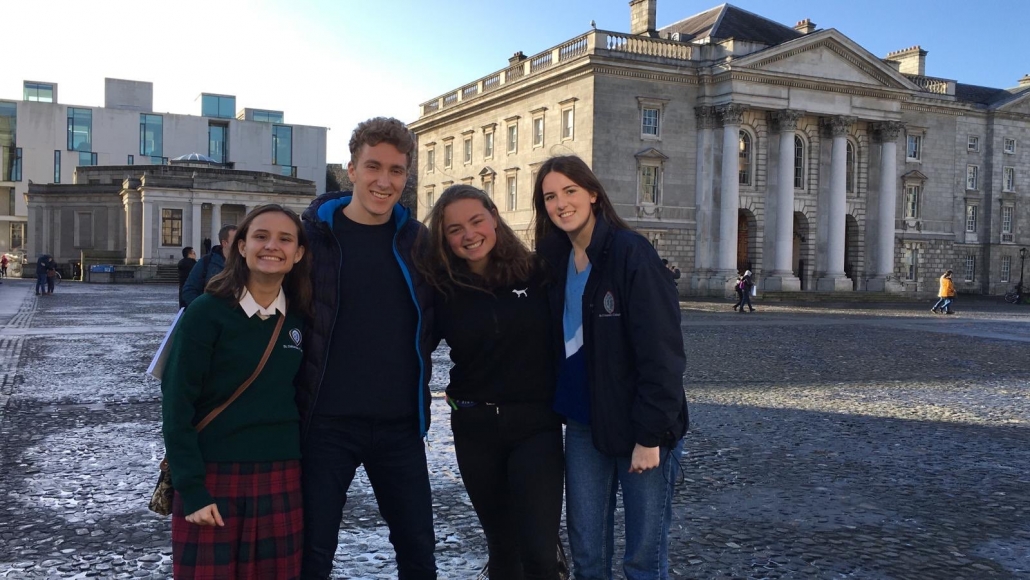
Form V pupil Megan Bulbulia reports on her recent experience of the ‘Phil Speaks’ debating competition.
When I put my name forward to go to the ‘Phil Speaks’ debating competition in Trinity, I was very nervous about what was to come. What would the motions be? Would I even understand the motions? Would I get lost in the maze that is Trinity College Dublin? And perhaps most importantly, would there really be free pizza there!?
Thankfully I only got lost once and there was pizza ordered in bulk both days! As for the motions, more random than Harry Oke-Osanyintolu had warned us. Our first motion was “This House Believes that the media has a responsibility to show the full horrors of war.” Katherine Kelly and I had 15 minutes to prepare our five-minute speeches. To say that this was stressful would be an understatement, the 15 minutes flew by and before we knew it we were strongly opposing the motion. It was an interesting and engaging the debate in which we placed 3rd. Not bad we thought, against a strong proposition.
The next motion was “This House regrets the American Dream.” This proved difficult to propose, as the debate became centralised on the concept of whether hard work equals reward, a central idea in our society and of course the educational system.
We emerged from this debate in 4th place but with increasing knowledge of debating strategies and approaches which would prove useful.
After a filling lunch of Apache pizza, we were given our third and final motion of the day. “This House Would delete all social media.” Katherine and I were proposing this motion, we used our gained knowledge of how to coherently structure a debate, forming it almost like a mathematical equation, proving points x and y, to our advantage. This round was a closed round, which means we don’t know where we placed, but our tactics were proving effective and became procedure in our two next debates.
The next morning we registered again, with a slight change to the teams. Katherine and I stayed together while Shannon Dent paired with Dmytro Kasianenko in place of Oda Michel who unfortunately wasn’t feeling well. The motion was announced and Katherine and I had 15 minutes to scurry off to the School of Histories and Humanities Arts Building, (this was when we got lost.) We were proposing the motion that “This House Regrets art that glorifies gaining material wealth”. With Dmytro and Shannon on our tea,m we gave the opposition a united Columba’s front! It was an interesting debate, focused around the excessive wealth of popular musicians and online influencers, each team managed to work an Ariana Grande reference into their speech as part of the ‘Goofball Challenge.’
Our fifth and final debate was “This House Believes that occupying vacant buildings in protest of widespread homelessness is a legitimate political act.” For our last debat,e Katherine and I used all of our gained knowledge from the four previous debates into a strategical and tactical argument. We both spoke for the full five minutes and we felt like we had strongly and convincingly proposed our last motion. Unfortunately, we didn’t earn a place in the Quarter Finals but what we definitely earned was a sense of achievement and a wider knowledge of how to structure and deliver a clear-cut speech within a debate. We also met secondary school pupils from all over the country, and we had an opportunity to explore Trinity also! I would definitely recommend The Phil Speaks Debating Competition to anyone and it was a very enjoyable experience.





